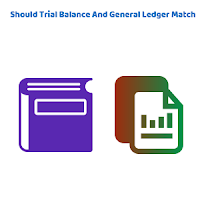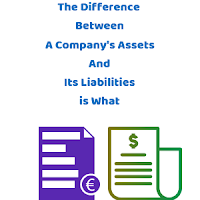Prepaid Advertising Expense Journal Entry

Prepaid Advertising Expense means that the advertiser company paid advertising expense in advance to the advertising company for the advertisements but still services not received during the accounting period. It is a Current Asset and example of Prepaid Expenses . The prepaid advertising or advertising paid in advance the Entry is shown below: Prepaid Advertising a/c XXX Cash a/c XXX (Paid Advertisements In Advance) At the end of the accounting period, when the advertiser company actually received the advertising campaign services, then the portion or of prepaid advertising against which the services are received is transferred to Advertising Expense and following Adjusting Journal Entry is passed: Advertising Expense a/c X












